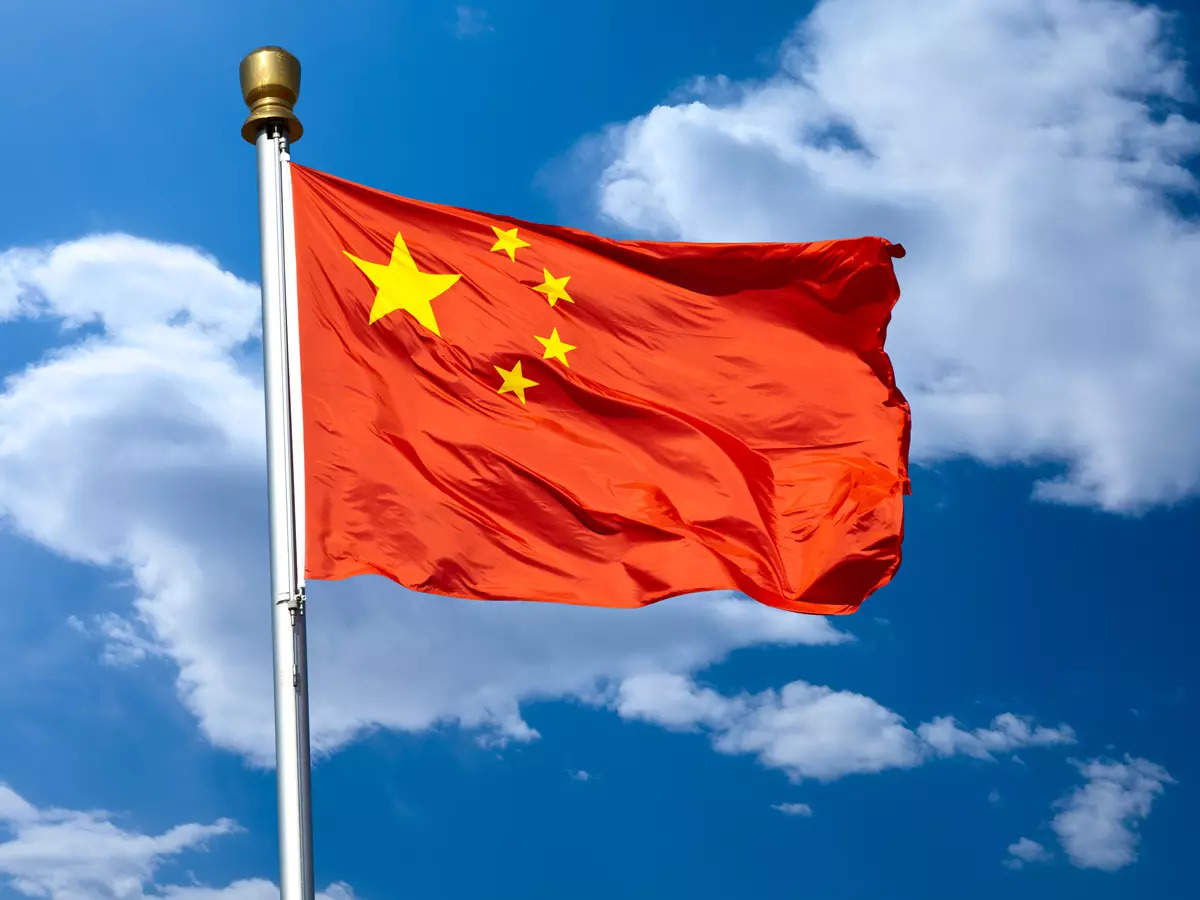
BEIJING: China, Niger‘s second-largest foreign investor after former colonial power France, has in the past two decades ploughed billions of dollars into the landlocked West African nation, mainly for the exploration of oil and uranium.
OIL ASSETS
Niger became an oil producer in 2011 when the Agadem oilfield, a joint venture between the government and PetroChina , started production.
PetroChina entered a production sharing agreement in 2008 with the Nigerien government to develop the field, located some 1,600km (1,000 miles) east of the capital Niamey, with estimated reserves of 650 million barrels.
As part of the deal, PetroChina invested in the construction of the SORAZ refinery, located 460km away in the southern city of Zinder, near the border with Nigeria. PetroChina holds a 60% stake in the refinery, which has a capacity of 20,000 barrels per day (bpd) and mostly supplies the Nigerien domestic fuel market. The remaining share is held by the Nigerien government.
In September 2019, PetroChina entered into another agreement with the Nigerien government to lay a 2,000-km (1,200 miles) pipeline between the Agadem field and the Beninese port city of Cotonou.
The pipeline investment is twinned with a second phase of development of the Agadem field. Taken together, total investment into the pipeline and second phase development is expected to reach $4 billion, according to China’s Ministry of Commerce.
The pipeline, the longest of its kind in Africa, is planned to mitigate the security and logistical challenges of exporting crude from the troubled area, and designed to carry 90,000 barrels per day, according to China’s Ministry of Commerce.
The project was 63% complete as of February this year, according to a PetroChina statement.
PetroChina did not immediately respond to Reuters’ request for comment.
In May this year, state oil and gas major Sinopec entered into a memorandum of understanding with the Nigerien government paving the way for further potential cooperation between Beijing and Niamey in oil and gas.
URANIUM MINE
In 2007, state-owned China National Nuclear Corporation (CNNC) entered a joint venture with the Nigerien government to develop the Azelik uranium mine in the centre of the country.
CNNC owns 37.2% of the project, with a further 24.8% owned by Chinese investment entity ZXJOY Invest, according to a 2010 filing with the Hong Kong Stock Exchange.
The Nigerien government received a 650 million yuan ($90.93 million) loan from Chinese state-owned Eximbank to support development of the project in 2009.
The mine has estimated total reserves of 11,227 metric tons, and annual production capacity of 700 tons, according to the filing. The project was halted in 2015 due to unfavourable market conditions.
Niger, which has Africa’s highest-grade uranium ores, produced 2,020 metric tons of uranium in 2022, about 5% of world mining output, according to the World Nuclear Association.
CNNC did not immediately respond to Reuters’ request for comment.
Since last week’s coup, in which military leaders detained Niger’s President Mohamed Bazoum and established a military government, China says it is closely monitoring the situation, and urges parties in Niger to safeguard stability.
China’s total foreign direct investment (FDI) into Niger stood at $2.68 billion as at the end of 2020, according to the U.S. Embassy in Niger.
OIL ASSETS
Niger became an oil producer in 2011 when the Agadem oilfield, a joint venture between the government and PetroChina , started production.
PetroChina entered a production sharing agreement in 2008 with the Nigerien government to develop the field, located some 1,600km (1,000 miles) east of the capital Niamey, with estimated reserves of 650 million barrels.
As part of the deal, PetroChina invested in the construction of the SORAZ refinery, located 460km away in the southern city of Zinder, near the border with Nigeria. PetroChina holds a 60% stake in the refinery, which has a capacity of 20,000 barrels per day (bpd) and mostly supplies the Nigerien domestic fuel market. The remaining share is held by the Nigerien government.
In September 2019, PetroChina entered into another agreement with the Nigerien government to lay a 2,000-km (1,200 miles) pipeline between the Agadem field and the Beninese port city of Cotonou.
The pipeline investment is twinned with a second phase of development of the Agadem field. Taken together, total investment into the pipeline and second phase development is expected to reach $4 billion, according to China’s Ministry of Commerce.
The pipeline, the longest of its kind in Africa, is planned to mitigate the security and logistical challenges of exporting crude from the troubled area, and designed to carry 90,000 barrels per day, according to China’s Ministry of Commerce.
The project was 63% complete as of February this year, according to a PetroChina statement.
PetroChina did not immediately respond to Reuters’ request for comment.
In May this year, state oil and gas major Sinopec entered into a memorandum of understanding with the Nigerien government paving the way for further potential cooperation between Beijing and Niamey in oil and gas.
URANIUM MINE
In 2007, state-owned China National Nuclear Corporation (CNNC) entered a joint venture with the Nigerien government to develop the Azelik uranium mine in the centre of the country.
CNNC owns 37.2% of the project, with a further 24.8% owned by Chinese investment entity ZXJOY Invest, according to a 2010 filing with the Hong Kong Stock Exchange.
The Nigerien government received a 650 million yuan ($90.93 million) loan from Chinese state-owned Eximbank to support development of the project in 2009.
The mine has estimated total reserves of 11,227 metric tons, and annual production capacity of 700 tons, according to the filing. The project was halted in 2015 due to unfavourable market conditions.
Niger, which has Africa’s highest-grade uranium ores, produced 2,020 metric tons of uranium in 2022, about 5% of world mining output, according to the World Nuclear Association.
CNNC did not immediately respond to Reuters’ request for comment.
Source link

